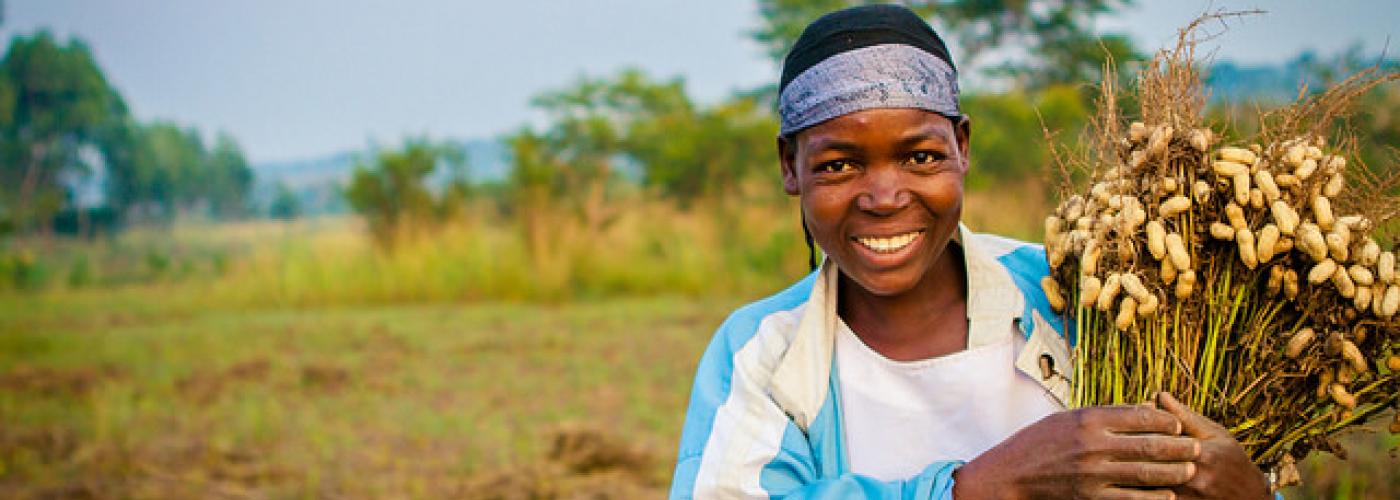Resilience and Vulnerability of the Near-Poor: Evidence From Uganda and the Philippines
Image

This blog was originally published on Agrilinks and was authored by the USAID Center for Resilience. It was first published to Marketlinks on March 21, 2019. In February 2020 Marketlinks is focusing on crisis effected communities and Minimum Economic Recovery Standards (MERS).
Recent research by ODI CPAN, commissioned by the USAID Center for Resilience, investigated the resilience of households above the poverty line in Uganda and the Philippines. The research aimed to isolate the extent to which being “near-poor” makes households vulnerable to falling into poverty in the future. The study also explored whether the same sources of resilience that protect against transitory poverty escapes and promote sustained escapes from poverty function in similar ways for the near-poor and households vulnerable to future poverty. In particular, it investigated whether households that sustainably escape poverty also sustainably escape vulnerability, and if not, what are the drivers associated with these different trajectories that can help build resilience? As sustained poverty escapers that also leave vulnerability behind are likely to have become more resilient, examining these sources of resilience even among the near-poor is important in developing effective poverty reduction strategies.
Analysis of the Uganda National Panel Survey from 2009/10-2013/14 and the Philippines Family Income and Expenditure Survey from 2003-2009 reveals that as many as 77 percent of Ugandan households and 55 percent of Filipino households had per capita income above the poverty line but under two times the national poverty line in at least one of the survey years. Vulnerability was also high, with as much as 59 percent in Uganda in 2013/14 and 51 percent in the Philippines in 2009 estimated as being vulnerable to poverty, or more likely than the typical person to be poor in the subsequent period. In most cases, vulnerability status encompasses poverty status, meaning that poor households were also highly likely to be vulnerable, though there was a much larger share as well of households that were not poor, yet vulnerable.
The study suggests that policies should acknowledge the varied drivers of sustained escapes when measured by poverty but also vulnerability. This is because an assessment of vulnerability dynamics can help identify resilience capacities of households, by considering future expected poverty in addition to present poverty dynamics. Such an assessment suggests that there may be more drivers associated with sustained escapes from vulnerability than those for escaping poverty sustainably among the near-poor across countries. In Uganda, secondary education and some economic diversification from agriculture, particularly for households at higher levels of income, reduces vulnerability to poverty significantly. In the Philippines, a level of income which enables good use to be made of loans, and enables greater health expenditure and increased dependency levels while avoiding impoverishment emerges as important in promoting resilience.
At the same time, there are factors that undermine these sustained escapes and processes of resilience-building. Regression results indicate factors like alcohol consumption in the Philippines and urban residence in Uganda pose constraints to sustained escapes from vulnerability among the near-poor. The fieldwork in both countries also indicated that transitory escapes from poverty and impoverishment is more often a result of multiple shocks, though some single shocks can also impoverish by impairing resilience capacities. Examples range from high-intensity typhoons in the Philippines, to severe disability in Uganda. Cash transfers significantly help with recovery from such devastating shocks, though should not operate in isolation.
In this context, there are certain enabling conditions for the near-poor to continue to make progress and build resilience. These include a substantial formal sector, more commercialized agriculture, reduced dependency burdens, improved conditions for female-headed households and assistance to poor and near-poor households. Assistance, whether in the form of cash transfers or remittances, is associated with increasing the likelihood of sustained escapes among the near-poor in Uganda and the Philippines, respectively. However, at the moment, cash transfers remain mainly targeted to households that are already poor. A renewed focus on social protection and assistance for the poorest but also extended to households near the poverty line would do well in these contexts. At the same time, assistance in the form of remittances and help from relatives and friends is also about social capital and networks, reflecting a social structural component of mobility that is critical in building resilience and important to consider in programming. Supporting agency embedded within these kinship structures is a step towards improving resilient outcomes over time for near-poor households.
Download the full report below for more information. For other reports in this research series, visit the Resilience and Sustainable Poverty Escapes collection on Agrilinks.

